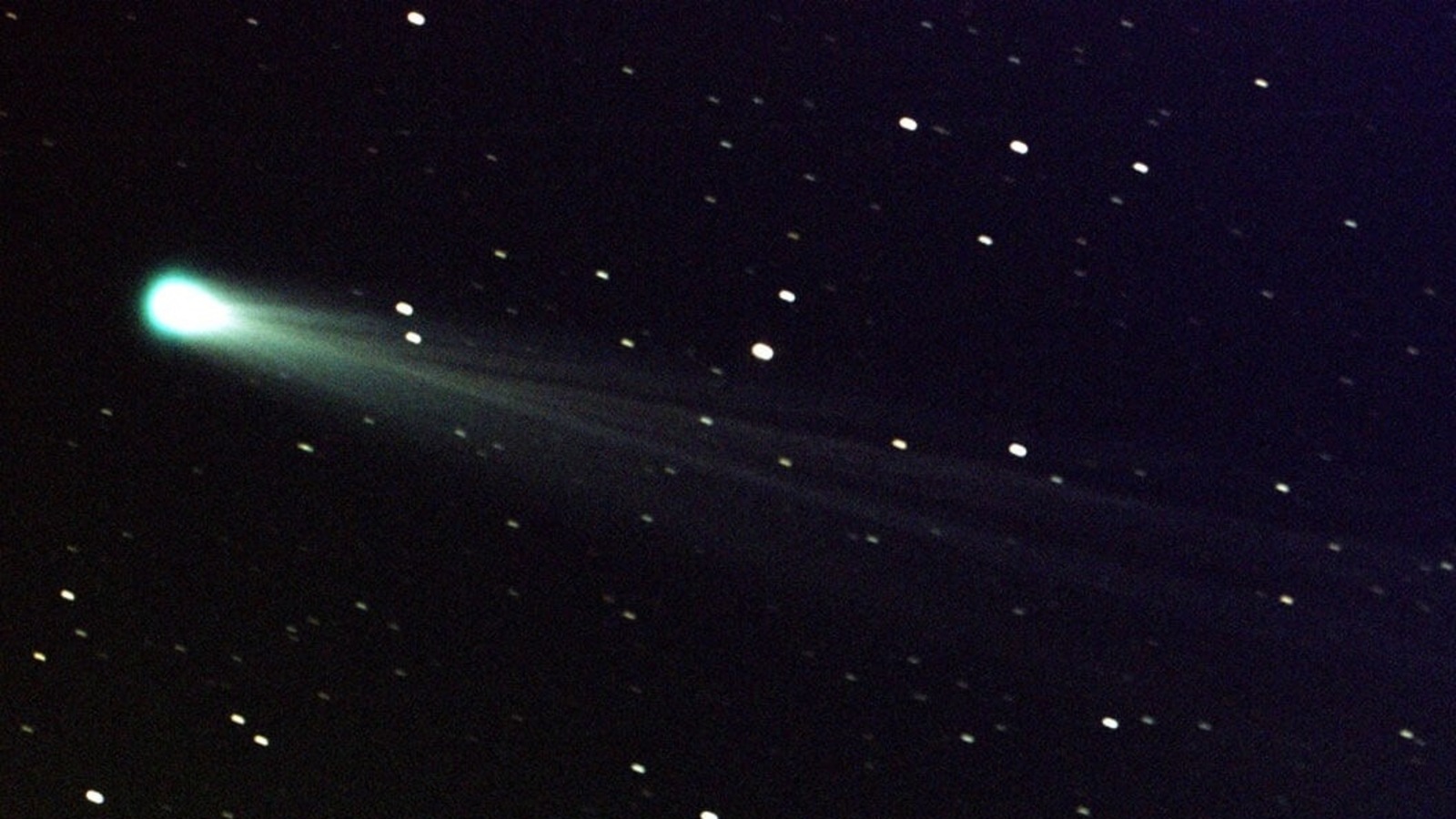NASA says this spectacular comet to visit Earth! Once gone, humans will NEVER see it again
NASA: The amazing comet named C/2021 O3 (PanSTARRS), will be coming close to the Earth soon giving us the only opportunity to see it. Once it passes us, it will never return.

As far as astronomy is concerned, the last two months have been extremely thrilling. We have witnessed an asteroid strike, a notorious sunspot called AR2975 bombarding the Earth with strong solar storms and historic images of the Sun taken by the Solar Orbiter. And things are not looking to settle down anytime soon. According to NASA, an exciting new comet is going to visit us soon. The comet, named C/2021 O3 (PanSTARRS), is coming all the way from the Oort clouds to visit the Earth and the Sun. This will present a great opportunity for scientists and astronomy enthusiasts alike to observe the comet in hopes of finding some never-seen-before structure or particles present in it. But in case some of you miss out on watching, there is bad news. You will never get to see it again. Read on to find out why.
The comet was discovered in July 2021 by the Panoramic Survey Telescope and Rapid Response System (Pan-STARRS) observatory and that's why it has been named C/2021 O3 (PanSTARRS). The comet is crossing a great distance to come close to the Earth. It is moving in from the Oort cloud, the most distant part of the solar system and making its way towards the Sun. The Oort cloud is a spherical shell shaped dense cloud which marks the farthest region of the solar system. It contains gasses and other rocks turned into icy debris which can be as large as a mountain. As the comet moves in from the Oort cloud, it is also confirmed that this is an interstellar comet which has come from a different region of the galaxy.
NASA: Comet C/2021 O3 (PanSTARRS) to visit Earth
According to current estimates, the comet will come closest to the Earth on May 8, 2022. But before that, it will pay a visit to the Sun on April 21. This is where the interesting development may happen. Comets are made up of ice and rocky particles. And usually a comet needs a certain velocity to escape any gravitational pull of a planet or a star that may be in its vicinity. Scientists measure this velocity of far away objects using its luminosity. In short, the brighter a space body shines, the higher the chances it will make it out alive after coming close to a star. How that works, without explaining the complicated maths behind it, is that the faster a space rock moves, it generates more heat. That heat is reflected in energy which we perceive as light. So, when an object is moving faster, it will shine brighter.
Now according to NASA, one of two things can happen to this comet. Either, the Sun will pull it in and destroy the comet forever. Or it will somehow survive it, but the gravitational force of the Sun will bring to bear the slingshot effect causing the comet to be flung into a different region of the galaxy. Whichever path the comet chooses, sadly, it will never visit us again. So, for all of you astronomy fans, make sure to be on the lookout for the comet starting April 21 and if we are lucky, we will get to see its closest approach on May 8.
Catch all the Latest Tech News, Mobile News, Laptop News, Gaming news, Wearables News , How To News, also keep up with us on Whatsapp channel,Twitter, Facebook, Google News, and Instagram. For our latest videos, subscribe to our YouTube channel.





























